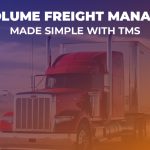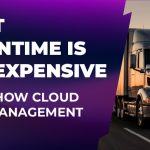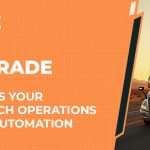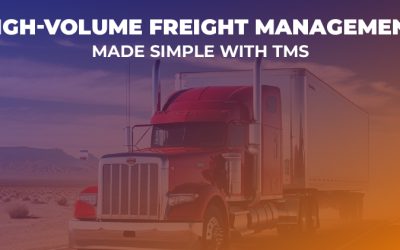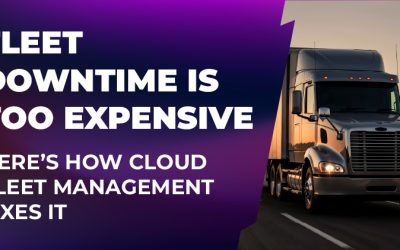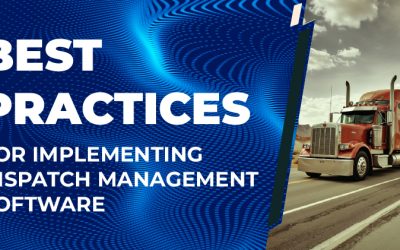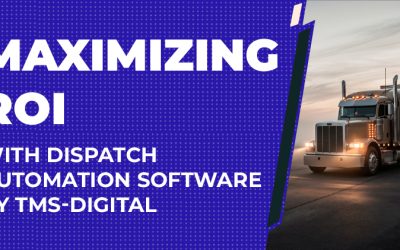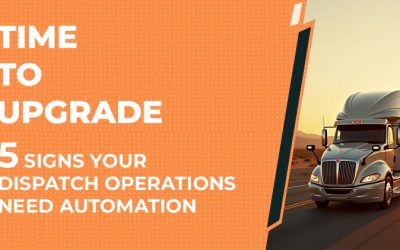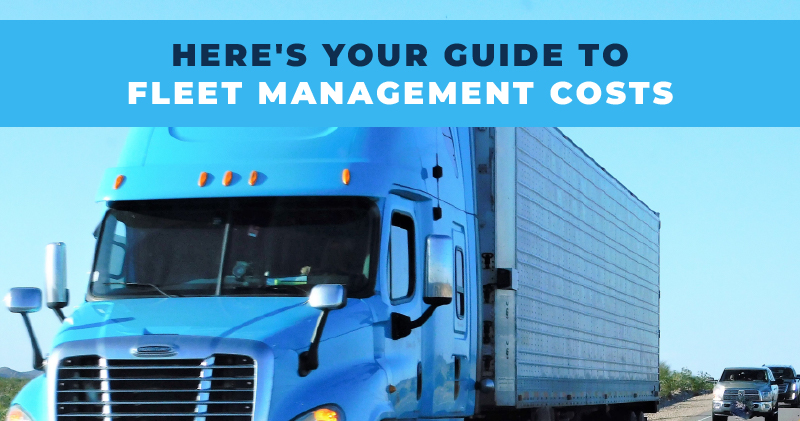
Navigating the intricate landscape of fleet management costs is akin to solving a multifaceted puzzle where each component dynamically influences the bottom line. Mastery of these elements goes beyond mere cost reduction; it entails optimizing operations to drive efficiency and maintain competitiveness. In this guide, we delve into the essential aspects of fleet management cost analysis, highlighting how emerging technologies are revolutionizing analysis to furnish fleet managers with precise data and comprehensive insights for informed decision-making.
Understanding Fleet Management Costs: The Total Cost of Ownership (TCO)
At the core of fleet management cost analysis lies the concept of Total Cost of Ownership (TCO), encompassing all expenses associated with acquiring, operating, and maintaining a fleet throughout its lifecycle. TCO provides a holistic view of investment costs, enabling businesses to make informed decisions regarding fleet expenditure. TCO can be categorized into two main components:
- Fixed Costs – These expenses remain constant irrespective of vehicle usage and include vehicle depreciation, insurance premiums, and license fees. Fixed costs offer predictability, facilitating annual budgeting.
- Operating Costs – Unlike fixed costs, operating expenses fluctuate with vehicle usage. They comprise fuel, maintenance, and repair costs, which vary based on driving patterns, fuel prices, and unforeseen mechanical issues.
The differentiation between fixed and operating costs is pivotal for effective fleet management. Particularly, variable operating costs present significant opportunities for savings. Strategies aimed at reducing fuel consumption, extending maintenance intervals, and minimizing repair costs can yield substantial financial gains in both the short and long term.
Assessing Fleet Efficiency: The Significance of Cost-per-Mile
Efficient fleet management necessitates not only day-to-day operational management but also a profound understanding of fleet utilization economics. A crucial metric in this regard is cost-per-mile, offering a tangible measure of how TCO translates into everyday fleet operations.
Calculation of Cost-per-Mile
By dividing fixed and variable costs by the number of miles traveled, businesses can determine the precise cost of operating their fleet per mile. This calculation facilitates a thorough assessment of the financial ramifications of fleet management decisions, ranging from vehicle acquisition to maintenance strategies.
Cost-per-Mile = (Fixed Costs + Variable Costs) / Miles Traveled
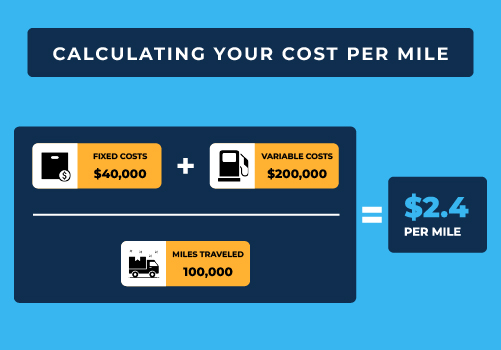 Understanding cost-per-mile is instrumental for various reasons:
Understanding cost-per-mile is instrumental for various reasons:
- Budgeting and Forecasting – Enables more accurate financial forecasting by providing a granular view of operational costs.
- Operational Decisions – Insights derived from cost-per-mile calculations inform decisions regarding vehicle replacement, route optimization, and fuel management, directly impacting the fleet’s bottom line.
- Cost Reduction – Identifying opportunities to lower the cost-per-mile can result in significant savings, particularly when applied across a large fleet. Strategies may include investment in more fuel-efficient vehicles, route optimization to reduce miles traveled, and enhancement of preventative maintenance to mitigate costly repairs.
Grasping the nuances of cost-per-mile sets the stage for a comprehensive fleet management cost analysis, where each decision presents an opportunity for efficiency enhancement and cost reduction. This analysis elucidates pathways to optimization, transforming data into actionable insights for strategic fleet management.
Strategic Decision-Making Through Fleet Management Cost Analysis
Fleet management cost analysis harnesses TCO and cost-per-mile metrics to steer strategic decision-making, enhancing fleet efficiency and maximizing operational savings. Detailed cost analysis supports critical strategic fleet decisions, including:
- Vehicle Replacement – Optimal vehicle replacement intervals are determined by comparing fleet cost-per-mile trends against industry standards, ensuring a balance between operational efficiency and responsible resource management.
- Maintenance Strategy – Examination of maintenance and operational costs enables a shift towards preventive maintenance strategies, averting costly downtimes in case of breakdowns and extending vehicle lifespans for long-term cost savings.
- Buy vs. Lease vs. Rent – Detailed cost analysis aids in determining the most cost-effective procurement strategy for acquiring new vehicles for the fleet, based on financial assessments and operational requirements.
By harnessing the power of fleet management cost analysis, businesses gain invaluable insights into efficiency enhancement and cost savings. Emerging technologies further enhance this capability, paving the way for a new era of data-driven fleet management.
Leveraging Technology for Fleet Efficiency
While understanding and analyzing management costs are crucial, advanced technology solutions are pivotal in translating data into actionable insights. Tools such as fleet management software, Electronic Logging Devices (ELDs), routing optimization software, and telematics enhance data accuracy and operational visibility, facilitating smarter, cost-effective decision-making.
These advancements confer a competitive advantage, ensuring that businesses meet and surpass their operational and financial objectives. For a seamless integration of these technologies and optimal fleet optimization, TMS-Digital offers the expertise and solutions you need.
Discover how TMS-Digital can elevate your fleet management—contact us today.
